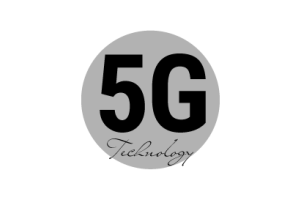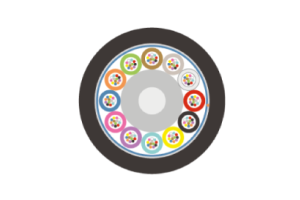
How Fast is it?
Fiber optic technology is known for its high speed data transmission capabilities. The speed at which data can be transmitted over a fiber optic cable is determined by a number of factors, including the type of fiber optic cable being used, the distance the data is being transmitted, and the equipment being used to transmit the data.
One of the key factors that determines the speed of fiber optic data transmission is the bandwidth of the fiber optic cable. Bandwidth refers to the amount of data that can be transmitted over a given period of time, and is typically measured in bits per second (bps).
Fiber optic cables have much higher bandwidths than traditional copper wires, which allows them to transmit data at much higher speeds. For example, a single mode fiber optic cable can have a bandwidth of up to 10 gigabits per second (Gbps), while a multi-mode fiber optic cable can have a bandwidth of up to 100 megabits per second (Mbps).
The distance over which data is being transmitted can also affect the speed of fiber optic data transmission. As the distance increases, the signal strength of the light decreases, which can result in slower transmission speeds. However, fiber optic cables are still able to transmit data at high speeds over long distances, thanks to the use of repeaters and amplifiers to boost the signal strength.
Overall, fiber optic technology is capable of transmitting data at very high speeds, making it an efficient and reliable choice for many applications.
The Benefits of Fiber Optic Communication
Fiber optic communication has a number of benefits over other types of communication technologies:
- Speed: Fiber optic cables are able to transmit data at much faster speeds than traditional copper cables, making them ideal for high-bandwidth applications such as video streaming and online gaming.
- Reliability: Fiber optic cables are more reliable than other types of communication cables, as they are not prone to interference from electromagnetic fields or other external sources. This makes them well-suited for use in mission-critical applications where reliability is of the utmost importance.
- Distance: Fiber optic cables are able to transmit data over longer distances than copper cables, making them ideal for use in long-distance communication.
- Size: Fiber optic cables are much thinner and lighter than copper cables, making them easier to handle and install.
- Cost: While fiber optic cables may have a higher upfront cost than copper cables, they have a longer lifespan and are generally more cost-effective in the long run.
- Future-proof: As demand for high-speed, reliable internet service continues to grow, fiber optic internet is expected to become increasingly important.
Overall, fiber optic communication offers a number of benefits in terms of speed, reliability, distance, size, and cost, making it a preferred choice for many applications.





